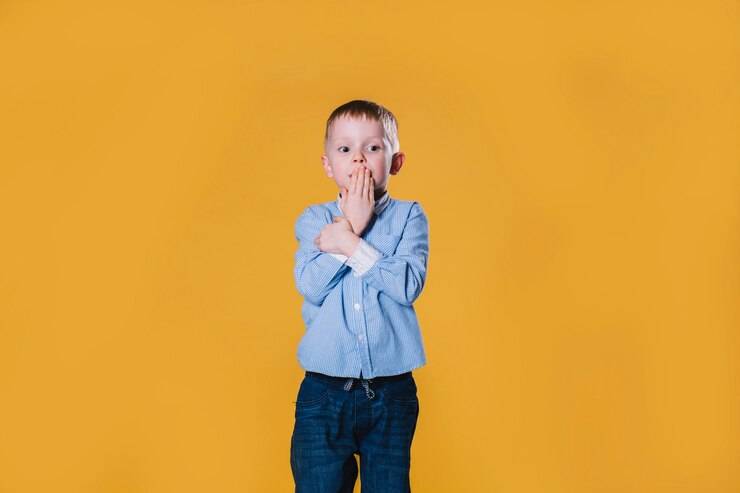Both are non-verbal, but what are the differences between autism and selective mutism? What are the main differences between autism and selective mutism in children in the main urban area of Chongqing: Autism and selective mutism in children? Autism and selective mutism have significant differences in definition, symptoms, age of onset, and influencing factors:
1. Definition
Autism in children: also known as childhood autism, is a psychological developmental disorder that begins in early infancy. It is characterized by social interaction difficulties, communication barriers, narrow interests, and repetitive behaviors. Autism Spectrum Disorder (ASD) includes various subtypes of autism, such as typical autism, Asperger’s syndrome, etc.
Selective mutism: refers to children who have acquired language skills but remain silent in certain specific situations due to psychological factors. It is essentially a social function disorder rather than a language disorder, and children are usually normal in intellectual development.
2. Expression
Autism in children:
Social interaction difficulties: lack of eye contact or communication with others, lack of attachment to others, solitary play, dislike of being hugged.
Communication barriers: language delay, minimal or repetitive speech, poor comprehension, non-verbal communication barriers (such as not nodding or shaking head).
Narrow interests and repetitive behaviors: enjoy repeatedly watching advertisements, doing certain actions or activities.
May be accompanied by aggressive or self-injurious behaviors, as well as symptoms of ADHD and attention deficits.
Selective mutism:
Silent behavior: refuse to speak in specific situations (such as school, in front of strangers), but can communicate normally in other situations (such as at home, with familiar people).
Means of expression: when silent, can use gestures, nodding, shaking head to express opinions, or answer questions with simple words, occasionally using writing to express opinions.
Children’s intellectual development is normal, but they may show significant social function disorders in certain social situations.
3. Age of Onset
Autism in children: the age of onset is mainly before 3 years old, and many patients develop normally before the onset, but after the onset, development may stagnate or regress.
Selective mutism: often starts between 3-5 years old, and is more common in girls. Language skills are often acquired before the onset.
In conclusion, there are clear differences between autism and selective mutism in children in terms of definition, symptoms, age of onset, and influencing factors. Parents should closely monitor the growth and development of their children, and if any abnormalities are detected, they should promptly take their children to professional institutions for assessment and intervention.
Chongqing Amy Bear Children’s Rehabilitation Center is a child health development center that focuses on special children’s rehabilitation learning and training as its main service project. It mainly targets early screening, intervention reinforcement, and training support for children aged 2-18 with autism, language delay, articulation disorders, intellectual disabilities, ADHD, sensory integration disorders, attention deficit disorders, tics, etc., comprehensively helping children’s overall development.
Note: Some content and images are sourced from the internet, if there are copyright issues, please contact us for removal.


